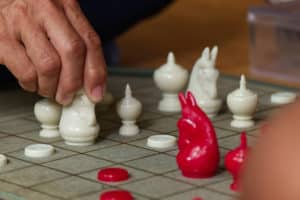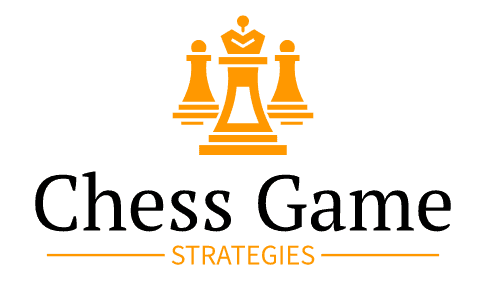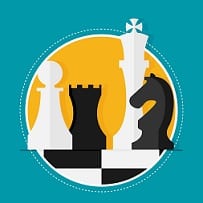
Since around about the late 1700s – and rocketing into the present day – Chess has seen, what could argued as, four distinct periods of dominance in one particular Style, respectively termed as follows:
- Romantic Style
- English Style
- Classical Style
- Hypermodern Style
For each Style, covered in this guide, you’ll find details such as Key Features; Players who influenced the Style; and Chess Openings that were popular for each Style.
After reading about a particular Style, you’ll also find an example game that it featured in and typical of the era in which it was played …
Chess Style Evolution
- Romantic
Popularized by the Italians, from about the late 1700s, this is sometimes referred to as “The Italian game”. The culture of the Romantic era was to go all-out for Checkmate but, if you found your game heading for a loss, then above all, make it a glorious one. - English
Briefly bisecting the Romantic and Classical/Modern eras was a style lead by Englishman Howard Staunton and often referred to as the English school or English style. - Classical
The Classical chess style is also referred to as the Modern Style and, while it builds on the Center-square focus of The English Style, it aims to control the Small Center, directly from the Small Center. - Hypermodern
Hypermodern players weren’t overly concerned with trying to immediately occupy and control the four squares of the Small Center. Instead, they chose to allow their opponent to rush in for center occupation with their Pawns, which the Hypermodern player would subsequently look to attack.

